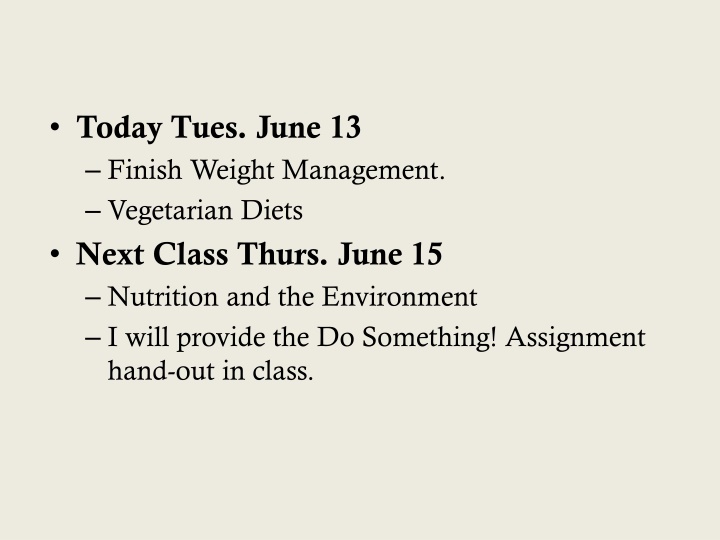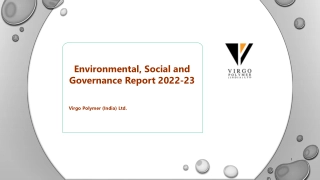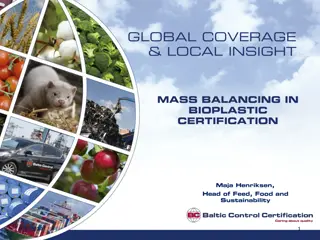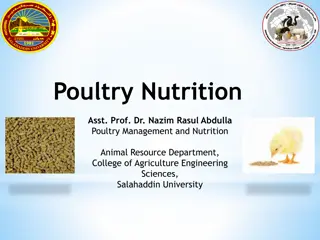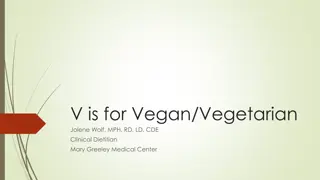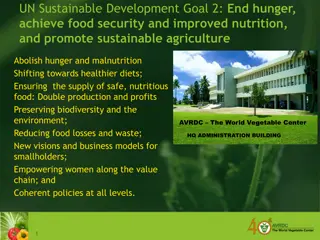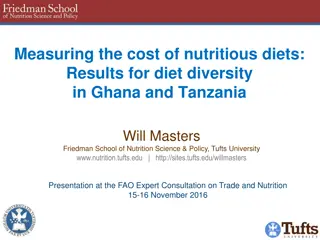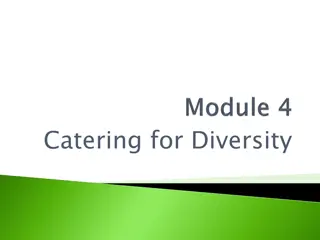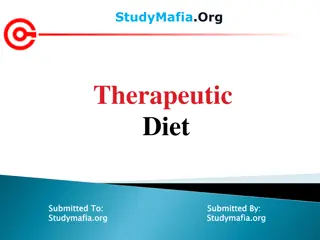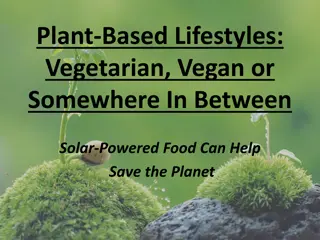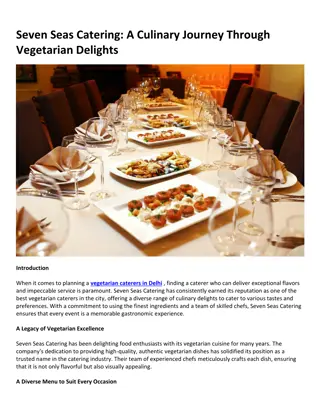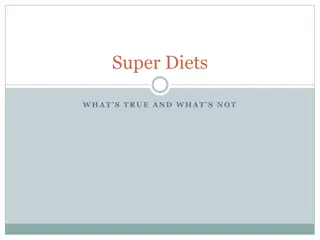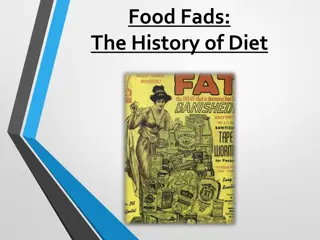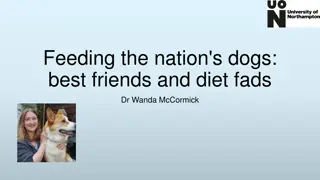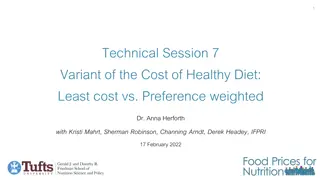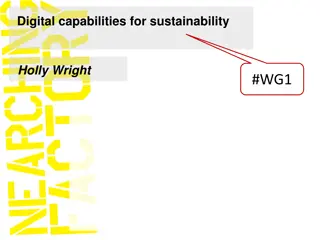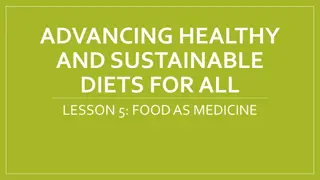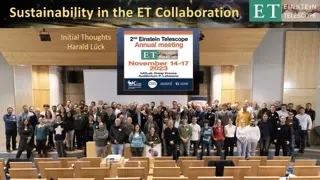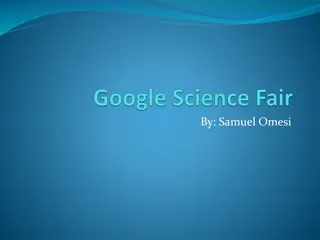Exploring Vegetarian Diets for Health and Sustainability
Dive into the world of vegetarian diets, understanding the reasons why people choose this lifestyle, exploring various vegetarian variations, addressing concerns and advantages of a vegan diet, learning about protein sources, comparing protein-rich menus, and being mindful of feeding infants a vegan diet. Discover the protein needs of different vegetarian groups and understand the rarity of protein deficiency in the US.
Uploaded on Sep 11, 2024 | 2 Views
Download Presentation

Please find below an Image/Link to download the presentation.
The content on the website is provided AS IS for your information and personal use only. It may not be sold, licensed, or shared on other websites without obtaining consent from the author.If you encounter any issues during the download, it is possible that the publisher has removed the file from their server.
You are allowed to download the files provided on this website for personal or commercial use, subject to the condition that they are used lawfully. All files are the property of their respective owners.
The content on the website is provided AS IS for your information and personal use only. It may not be sold, licensed, or shared on other websites without obtaining consent from the author.
E N D
Presentation Transcript
Today Tues. June 13 Finish Weight Management. Vegetarian Diets Next Class Thurs. June 15 Nutrition and the Environment I will provide the Do Something! Assignment hand-out in class.
Why we eat vegetarian diets Taste Affordability Availability Animal Rights Culture/ Religion Environmental Concerns
Vegetarian Variations Lacto Ovo .No animal flesh Includes dairy/eggs often high fat! Macrobiotic, Pescetarian, Frutarian etc! Vegan No animal flesh or by-products Fruits, veggies, grains, nuts, beans, seeds Commonly eaten duet to necessity, not by choice! Can be a very healthy diet
Why isnt protein a major concern? Think. Pair. Share. Vegan diet advantages? Vegan diet concerns? Iron and Zinc Beans, whole grain, fortified food, supps* Vitamin B-12 Fortified food, supps* Vitamin D Fortified dairy/ soy/ cereals, sun, supps* Calcium Beans, leafy greens, most tofu, fortified food, supps* Low sat fat No cholesterol High fiber Phytochemical rich Relatively cheap $ Low cal/Hi nutrient density Best choice for environment/health
Protein Sources Abound! Nuts Grains Legumes beans (esp. soy) Animal flesh Eggs Dairy products Protein supplements Note:often unneeded easy to overdose $$$
Compare Menus for Protein Menu #1 12 oz. soy milk 2 slices whole wheat bread 1 tbsp. jam 2 tbsp. peanut butter Menu #2 Fast food burger (~Big Mac) Mayo/ketchup/tomato/pickle Fries, small Soda 24 oz.
Heads up! Its tough to feed an infant a vegan diet. very high protein need (g/lb) very small stomach capacity
Protein Needs of Vegetarian Omnivore = ~.4 g/lb. (value given in class ~.5g/lb) Lacto-Ovo = ~.5 g/lb. Vegan = ~.6 g/lb. Infant 0-1 yr = ~ .9 g/lb. !!!!! Protein deficiency uncommon in US!!
Protein Source (Plant or Animal) Determines Quality! Nuts Grains Legumes beans (esp.soy) Animal flesh Eggs Dairy products Protein supplements whey, casein soy
Quality: High or low, how do you know? High Quality EAA mix matches human need Animal products and soy (engineered)- aka complete Low Quality EAA mix our need as a stand alone food Plant products grains, nuts, beans, seeds aka incomplete so must combine protein sources
Protein Complementation (PC) Grains + Legumes (beans) Grains rice, corn, barley, oat, wheat Beans pinto, soy, black, garbanzo Think. Pair. Share. Think up a tasty vegan main dish idea Include portion size and grams protein Use My Fitness Pal US favorite PBJ 16 grams protein 2T. pb + 2 slices whole wheat bread
Take a break. Think. Pair. Share. What would happen if the whole world ate vegan?
Water/Arable Land: Finite Resources Agriculture is largest US/global H2O consumer Most U.S. ag land/H2O used for animal production pasture grain (corn/soy) acreage (most to cattle in feedlots)
For every 100 cal of grain fed to animals.. Feedlots (CAFOs) 40 new calories of MILK 22 new calories of EGG 12 of CHICKEN 10 of PORK 3 of BEEF It takes ~1/3 cal 1 cal grain
Beef: The Impact What does it take to make a double-double burger ? ~10 pounds of grain (corn/soy) ~100 pounds of topsoil ~ 2, 000 gallons water
Environmental impact varies by food choice 2017 global pop ~7.4 billion Adding ~80M/yr Most prefer meat-based diet This diet is resource greedy Resources inadequate to produce meat-based diet for all Fossil Fuel Topsoil Water
Thneeds The things you THINK you need! Plan for the future meat consumption habits will change as resources for production become scarce. Improve the balance between your needs vs. wants . Reduce/eliminate energy intensive, wasteful (food) products. Reap benefits of a diet better for you/environment; Increase your food security.
